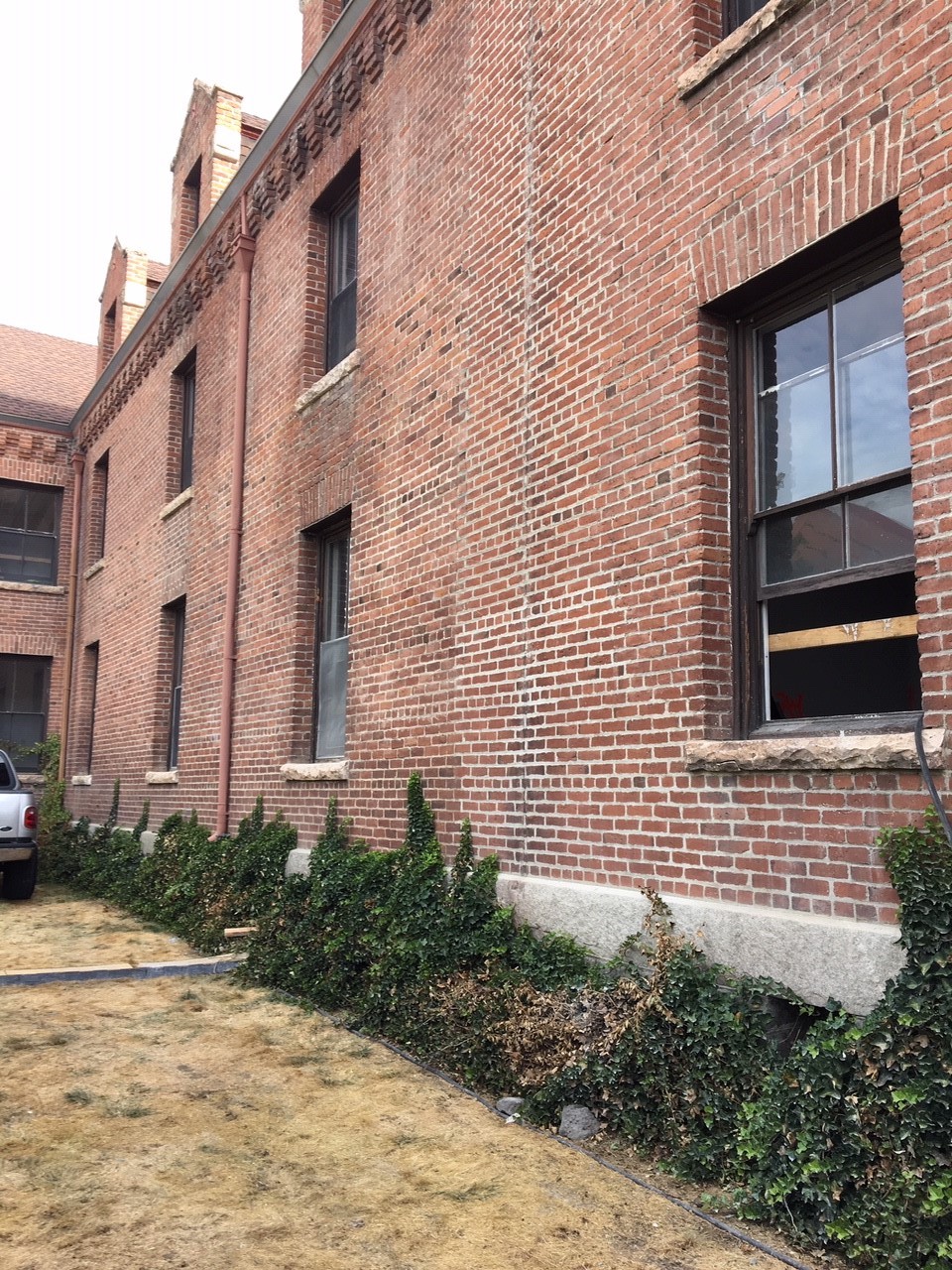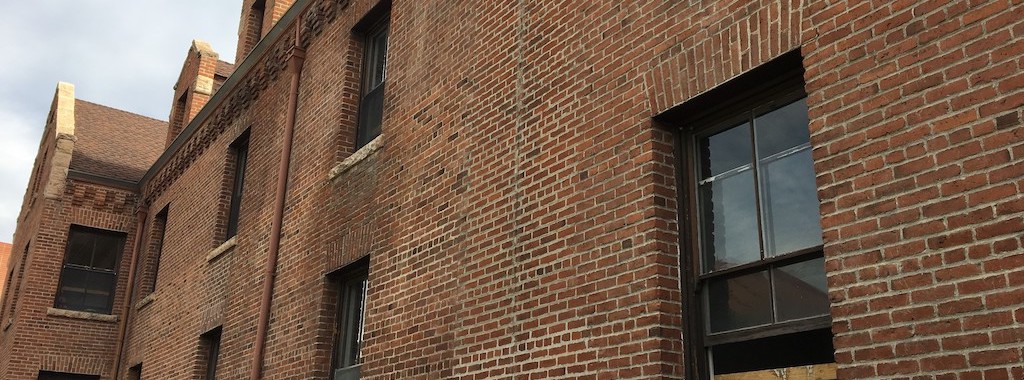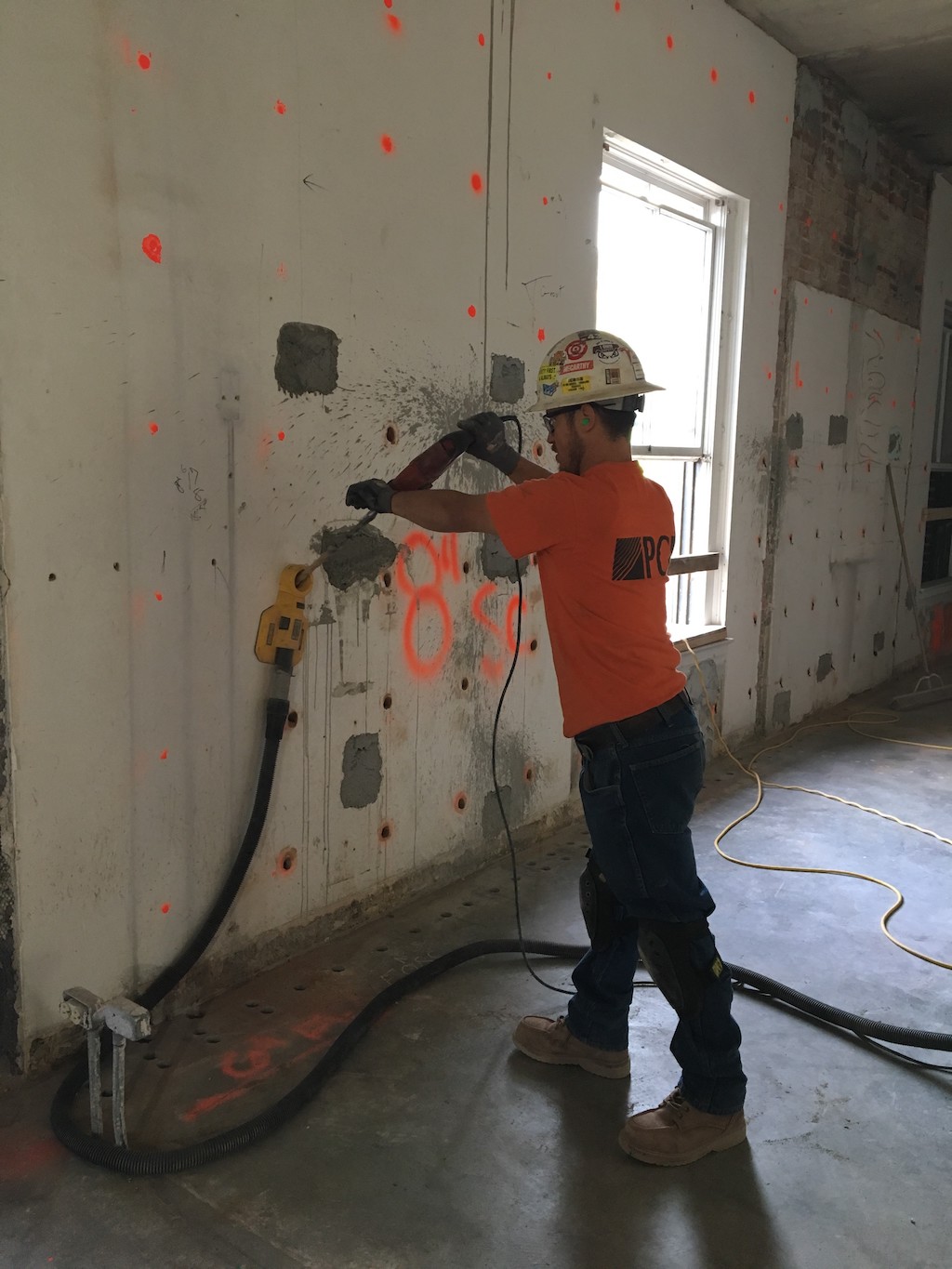Manzanita Hall is one of three remaining buildings on the University of Nevada, Reno, campus that were constructed prior to 1900. Originally named the Girls’ Cottage, Manzanita Hall was built in 1896 and was used to house 97 women in double and single rooms. Architecturally, it a created a Victorian atmosphere and offered a spacious student lounge, complete with a grand piano and a spectacular view of Manzanita Lake.
Several years ago, the hall was deemed seismically inadequate, and the electrical, plumbing and HVAC systems were likewise found to be seriously outdated and insufficient for modern college life. These structural deficiencies necessitated its closure in 2015.
Category: Concrete
Market: Rehabilitation & Retrofit
Application: Seismic upgrade, strengthening for increased gravity and seismic loads
Simpson Strong-Tie Solution Used: SET epoxy, ETS steel tubes, Composite Strengthening Systems™ FRP
The Challenge
Not only did the URM (unreinforced masonry) structure need to be seismically upgraded to current IBC®standards, but the walls needed to be reinforced for new gravity loads and new walls would be needed to create larger dorm rooms.
The Solution
The project’s structural engineering firm, Lumos and Associates (Reno office), worked closely with the Simpson Strong-Tie field engineer and Simpson’s concrete technical sales representative to determine the best method of retrofitting the project using Simpson Strong-Tie® concrete construction products. Clark/Sullivan Construction was the general contractor for the project.
The following photos illustrate some of the upgrades made to Manzanita Hall using Simpson Strong-Tie products:

Drilling holes at 22.5° angles for installation of Simpson Strong-Tie® SET epoxy, which is code listed for seismic loads of URM construction. Hole locations have been spray-painted orange on the wall in a grid pattern. Rebar was then installed at each drilled hole with SET epoxy and Simpson ETS steel screen tubes. Epoxied rebar would be prebent at 22.5°into the wall extending perpendicular from the wall as required by the code report for addition of shotcrete sprayed against the existing URM wall. The rebar and shotcrete work together to create a stronger system for both gravity and seismic loads.
Simpson Strong-Tie® Composite Strengthening Systems™ FRP laminates were installed on the bottom of the concrete floor of the upper stories. The CSS laminates are used to transfer seismic forces from the floor to the surrounding retrofitted walls. CSS-CUCL, the only code-compliant precured laminate in North America, was specified instead of bolted steel plates because it is quicker to install and offers a lower surface profile.
While not visible in the image, Simpson Strong-Tie cold-formed steel bridging products such as the SUBH were also used at the bridging bars on the light-gauge steel studs to prevent buckling. Other Simpson Strong-Tie products used in the retrofit included Simpson’s Titen HD® heavy-duty screw anchors, Strong-Drive® structural screws, HTT4 holdowns and miscellaneous other wood connectors.
The Results
The project is expected to complete on time and under budget by late summer 2019. Kenneth Hodson, S.E., Senior Structural Engineer with Lumos & Associates, testified to the firm’s satisfactory collaboration with Simpson Strong-Tie: “We were able to count on Simpson’s field engineers and service reps for technical support; they were onsite whenever we needed them out there.”






